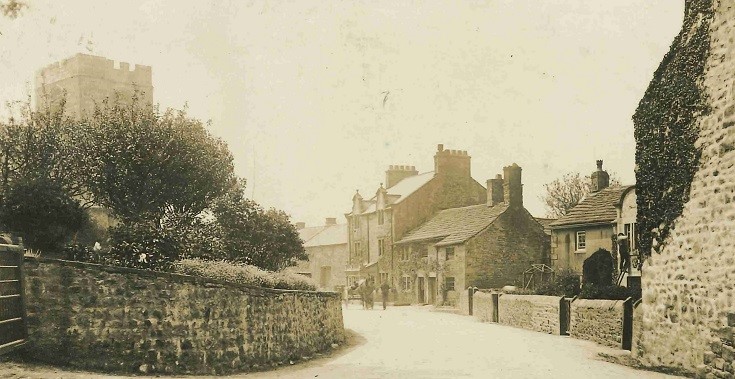Melling’s name hasn’t changed since it was first recorded in the Domesday Book as ‘Mellinge’, when it was owned by the king.
With Melling we came across another common Anglo-Saxon (Old English) place-name element ‘ing’. ‘Ingas’ meant ‘people of’, so Melling is ‘the people of either Moll or Mall’ – both names are Anglo-Saxon. The origin of the name was made even more obvious in 1094 when it was written as ‘Mellynges’.
Melling is unusual for not having a part of the name describing what type of settlement it is. For example, Mollington in Cheshire is the ‘tun’ or larger settlement of the people of Moll. It is thought that this means that Melling is an early Anglo-Saxon settlement name.
There is also a Melling in South Lancashire, just north of Liverpool. It has been suggested that these two might be connected, perhaps they were settled by the same family. If this is correct then it might show that both areas of Lancashire (north and south) were taken over by the Kingdom of Northumbria at the same time.
Our Melling was an important centre in the Lune Valley with sculpture in the church dating from the 900s. Just across the river from Arkholme, the two places were connected by a ford and a ferry. Like Arkholme it also had a Norman motte to control traffic along the Lune. Melling’s motte would also have monitored the Roman road that ran along the edge of the village.
The photo shows Melling around 1900. The motte is just to the left next to the church.


